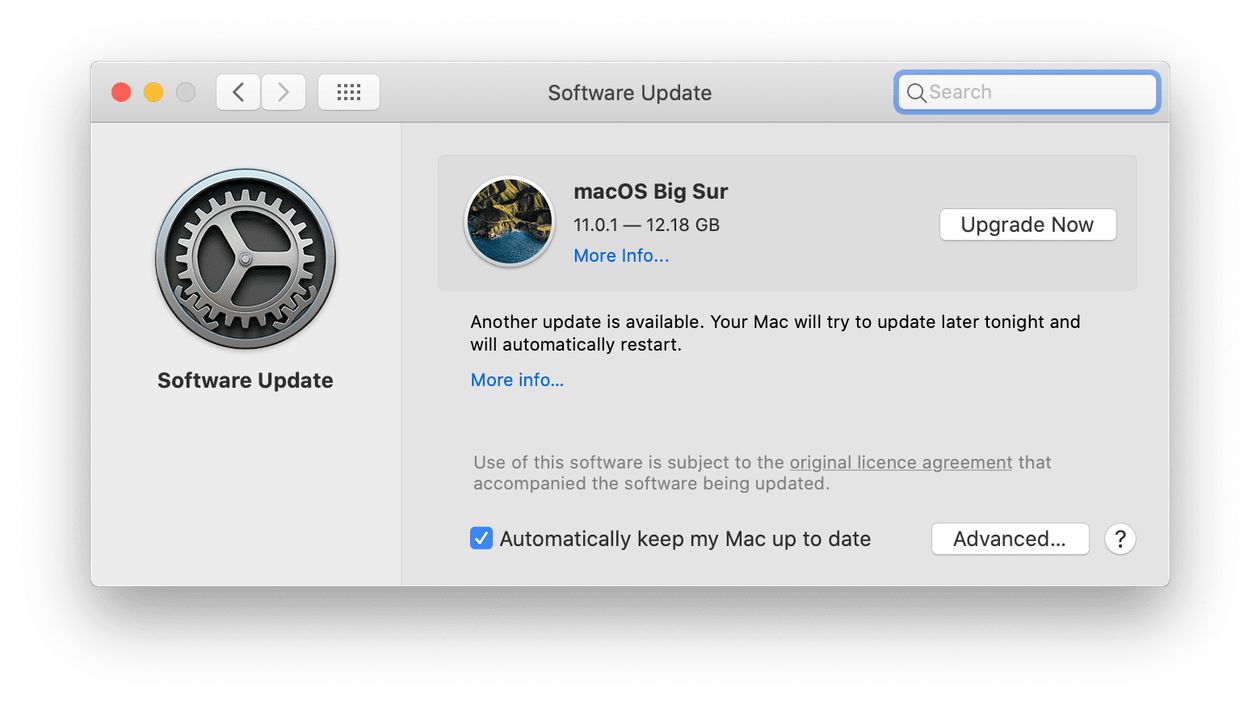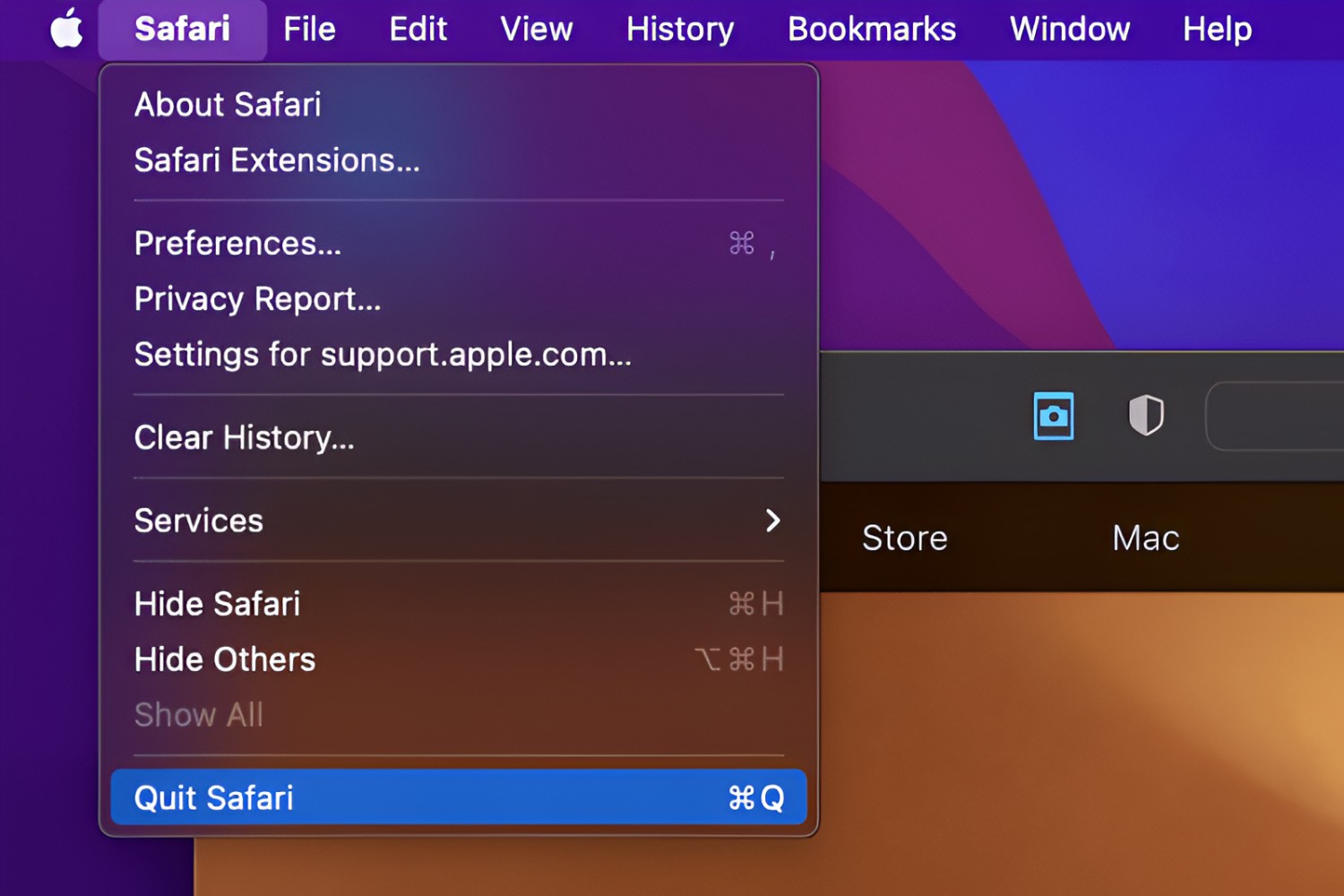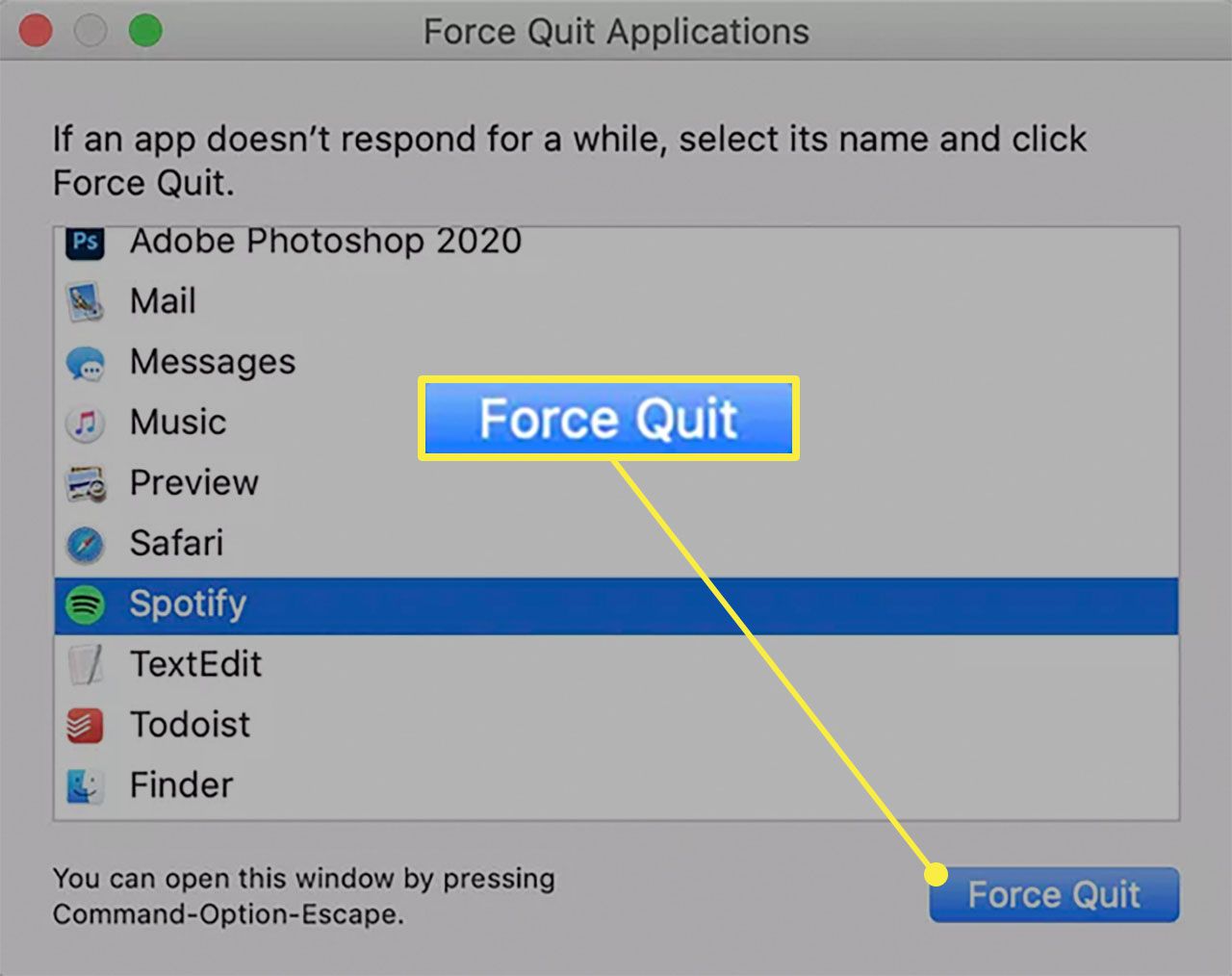Introduction
Shutting down Safari on a Mac may seem like a straightforward task, but it can be a bit tricky for those new to the Apple ecosystem. Whether you need to close Safari to troubleshoot an issue, free up system resources, or simply restart the browser, there are several methods to achieve this. In this article, we'll explore three effective ways to shut down Safari on your Mac, ensuring that you can navigate the process with ease.
As we delve into these methods, it's important to note that shutting down Safari may result in the loss of unsaved work or open tabs. Therefore, it's advisable to save any important data and close tabs before proceeding with the shutdown process. Additionally, understanding these methods can be beneficial in situations where Safari becomes unresponsive or freezes, allowing you to regain control of your browsing experience.
Now, let's embark on this journey to discover the various techniques for shutting down Safari on your Mac. Whether you prefer using the menu bar, leveraging the Activity Monitor, or resorting to Force Quit, you'll soon have the knowledge and confidence to manage Safari effectively on your Mac. Let's dive into the first method: using the menu bar to gracefully close Safari and gain a better understanding of the process.
Method 1: Using the Menu Bar
When it comes to gracefully shutting down Safari on your Mac, utilizing the menu bar is a convenient and straightforward approach. This method allows you to close Safari in a controlled manner, ensuring that any unsaved data or active processes are handled appropriately. Here's a step-by-step guide to using the menu bar to shut down Safari:
-
Navigate to the Menu Bar: At the top of your screen, you'll find the menu bar, which contains various options and controls. Look for the "Safari" menu on the far left of the menu bar.
-
Select "Quit Safari": Click on the "Safari" menu to reveal a dropdown list of options. Near the bottom of this list, you'll find the "Quit Safari" option. Click on this option to initiate the shutdown process.
-
Confirm the Action: Upon selecting "Quit Safari," a prompt may appear, asking if you want to save open tabs for the next session. You can choose to save the tabs or proceed with closing Safari without saving them.
-
Verify Closure: After confirming the action, Safari will begin the shutdown process. You can verify that Safari has closed by checking the absence of its icon in the Dock or using the Command-Tab shortcut to cycle through open applications.
By following these steps, you can effectively shut down Safari using the menu bar, ensuring that any active processes are handled appropriately. This method is particularly useful for those who prefer a controlled and systematic approach to closing applications on their Mac.
Utilizing the menu bar to close Safari provides a seamless and user-friendly experience, allowing you to manage your browsing sessions with ease. However, in certain scenarios where Safari becomes unresponsive or fails to close using the menu bar, alternative methods such as using the Activity Monitor or Force Quit may be necessary. These additional approaches can help address more complex issues and ensure that Safari is successfully shut down when standard methods prove ineffective.
Now that we've explored the method of using the menu bar to shut down Safari, let's delve into another effective approach: using the Activity Monitor to manage Safari processes and gracefully terminate the browser when needed.
Method 2: Using the Activity Monitor
When traditional methods for shutting down Safari prove ineffective, leveraging the Activity Monitor provides a powerful alternative for managing and terminating processes. The Activity Monitor offers a comprehensive view of system activity, allowing users to monitor and control running applications, processes, and resource usage. Here's a detailed guide on using the Activity Monitor to shut down Safari on your Mac:
-
Accessing the Activity Monitor: To launch the Activity Monitor, you can utilize the Spotlight search feature by pressing Command + Space and typing "Activity Monitor," or navigate to Applications > Utilities and open the Activity Monitor from the list of available utilities.
-
Identifying Safari Processes: Upon opening the Activity Monitor, you'll be presented with a list of active processes and system resources. Locate the "Safari" process in the list, which may appear as "Safari Web Content," "Safari Networking," or similar entries, representing different components of the browser.
-
Terminating Safari Processes: Once you've identified the Safari processes, select the specific process or processes associated with Safari and click on the "X" button in the Activity Monitor toolbar. A prompt will appear, asking if you want to quit the process. Confirm the action to terminate the selected Safari processes.
-
Verifying Closure: After terminating the Safari processes, you can verify that the browser has shut down by checking the absence of its icon in the Dock or using the Command-Tab shortcut to cycle through open applications.
Using the Activity Monitor to shut down Safari provides a more direct and targeted approach, allowing you to terminate specific processes associated with the browser. This method is particularly useful when Safari becomes unresponsive or fails to close using standard methods, providing a way to regain control and manage the browser's activity effectively.
By leveraging the Activity Monitor, you can gain insight into the inner workings of Safari and take proactive measures to address any issues that may hinder its normal operation. This level of control and visibility empowers users to troubleshoot and manage Safari processes with precision, ensuring a smoother browsing experience on their Mac.
Now that we've explored the method of using the Activity Monitor to shut down Safari, let's move on to another effective approach: using Force Quit to gracefully terminate the browser when standard methods are insufficient.
Method 3: Using Force Quit
When standard methods for closing Safari on your Mac prove ineffective, resorting to Force Quit provides a powerful and decisive approach to terminate unresponsive applications. This method allows you to forcefully shut down Safari, bypassing any unaddressed issues that may hinder its normal closure. Here's a detailed guide on using Force Quit to gracefully terminate Safari when traditional methods fall short:
-
Accessing Force Quit: To initiate Force Quit, you can utilize the keyboard shortcut Command + Option + Esc, which opens the "Force Quit Applications" window. Alternatively, you can click on the Apple menu in the top-left corner of the screen, select "Force Quit," and choose Safari from the list of active applications.
-
Selecting Safari for Force Quit: In the "Force Quit Applications" window, locate Safari in the list of active applications. You may notice a "Not Responding" label next to Safari if it's unresponsive. Select Safari from the list to highlight it.
-
Initiating Force Quit: After selecting Safari, click on the "Force Quit" button in the bottom-right corner of the window. A confirmation dialog will appear, asking if you want to force quit Safari. Confirm the action to proceed with the forceful termination of the browser.
-
Verifying Closure: Once the force quit process is initiated, Safari will be forcefully terminated, and you can verify its closure by checking the absence of its icon in the Dock or using the Command-Tab shortcut to cycle through open applications.
Using Force Quit to shut down Safari provides a decisive and effective solution when the browser becomes unresponsive or fails to close using standard methods. This method allows you to regain control of Safari and address any persistent issues that may hinder its normal operation. By forcefully terminating the browser, you can ensure that any underlying issues are resolved, allowing for a fresh start when relaunching Safari.
By leveraging Force Quit, you can swiftly address unresponsive instances of Safari and prevent them from impacting your browsing experience. This method empowers users to take immediate action in situations where standard closure methods prove insufficient, providing a reliable means to manage Safari effectively on their Mac.
Now that we've explored the method of using Force Quit to shut down Safari, you have gained valuable insights into three effective approaches for managing and terminating the browser on your Mac. Whether you prefer using the menu bar, leveraging the Activity Monitor, or resorting to Force Quit, you now have the knowledge and confidence to navigate the process with ease, ensuring a smoother and more controlled browsing experience.
Conclusion
In conclusion, effectively shutting down Safari on a Mac is an essential skill for managing browsing sessions and addressing potential issues that may arise during usage. By exploring the three methods outlined in this article, users can gain valuable insights into gracefully terminating Safari and regaining control of their browsing experience.
The first method, using the menu bar, provides a user-friendly and systematic approach to closing Safari, allowing for a controlled shutdown process. This method is ideal for regular browsing sessions and ensures that any unsaved data or active processes are handled appropriately.
When traditional methods prove ineffective, the second method, utilizing the Activity Monitor, offers a more direct and targeted approach to managing Safari processes. This method empowers users to gain insight into the inner workings of Safari and take proactive measures to address any issues that may hinder its normal operation.
In situations where Safari becomes unresponsive or fails to close using standard methods, the third method, employing Force Quit, provides a decisive and effective solution. Force Quit allows users to regain control of Safari and address any persistent issues that may hinder its normal operation, ensuring a fresh start when relaunching the browser.
By understanding and mastering these methods, users can navigate the process of shutting down Safari with confidence, ensuring a smoother and more controlled browsing experience on their Mac. Whether it's gracefully closing Safari using the menu bar, leveraging the Activity Monitor to manage processes, or resorting to Force Quit in unresponsive situations, users now have the knowledge and tools to effectively manage and terminate Safari on their Mac.
In essence, the ability to shut down Safari effectively is not only about closing the browser but also about gaining control and managing the browsing experience with confidence. By mastering these methods, users can navigate potential challenges and ensure a seamless and efficient browsing experience on their Mac.

























